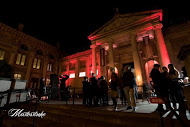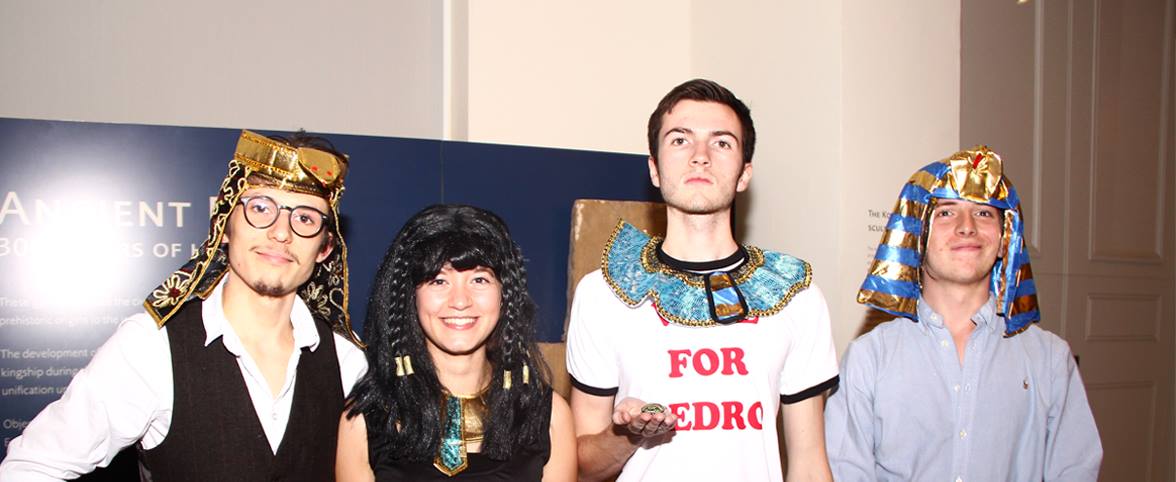By Luke Pepera
Today, in what has often been called the ‘social media age’, self-presentation (whether for one’s Facebook, Instagram, and/or Tinder profiles) has never been so important. Or has it? In Hierakonpolis, Egypt, archaeologists have discovered many magnificent cosmetic palettes dating to around the late fourth millennium BC.
Two such examples are the ‘Narmer Palette’, so-called after the Egyptian king Narmer who probably ordered its production, which is currently on display at the British Museum; and the Ashmolean’s own Two Dog Palette, which can be seen in Gallery 22.
Like social media profiles, palettes are a tool for both self-presentation and communication. The most intriguing question for me, therefore, concerns the audience that Narmer, and other prominent Egyptians who commissioned examples such as the Two Dog Palette, wanted to impress. Did Narmer want to impress his subjects? Or the members of his court? Was it an ex-girlfriend that he wanted to win back? The last is unlikely, but the point remains the same: one of the most exciting things about ceremonial palettes is that it gives us an understanding of how elite Egyptians wanted others to perceive them. This allows us, to some extent, into their thoughts: into the mind of an Ancient Egyptian. We build up a more personal relationship with those behind the objects.
Both the Narmer Palette and the Two Dog Palette are fairly large (the former being about 63cm high, the latter 42cm). Each was carved from a single piece of flat, grey-green siltstone. The Narmer Palette expresses the role and duties that the perfect Egyptian king should perform. On the ‘Smiting’ side of the palette, he stands poised to strike an enemy with a mace. The God Horus, in the guise of a falcon, is next to him, perched upon a set of papyrus flowers. Underneath Narmer’s feet lie two more enemies, cowering in fear. On the other side, called the ‘Serpopard’ side, after the half-serpent, half-leopard creatures near the middle, is another image of Narmer, much bigger than the subjects that accompany him. They are engaged in some sort of ceremonial procession, walking towards the beheaded enemies that lie strewn across the ground. Here, Narmer was not only presenting himself as an ultimate conqueror with supreme authority, he was also emphasizing his relationship to the Gods and to the divine realm. Those who would have seen this palette would have been impressed by both its craftsmanship and also the impressive, meaningful images themselves.
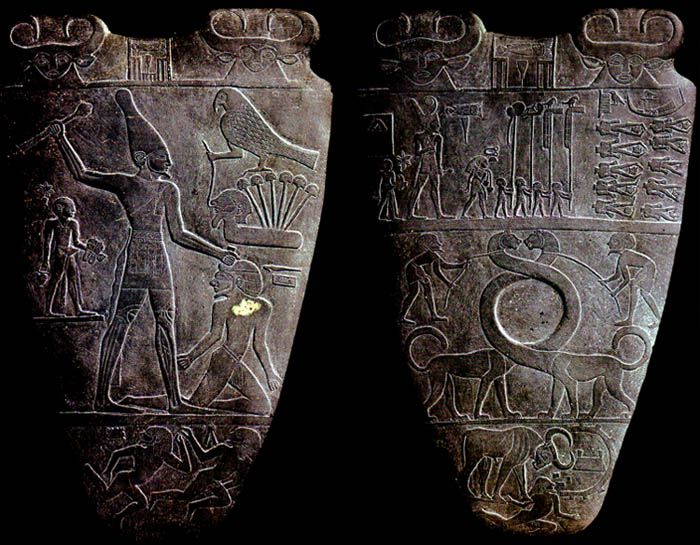
The Narmer palette is a finely decorated plate of schist of about 64 cm high. It was found in a deposit in Hierakonpolis, a Predynastic capital located in the South of Egypt, during the excavation season of 1897/98. Its size, weight and the fact that it was decorated on both sides show that it was a ceremonial, commemorative rather than an actual cosmetic palette intended for daily use. It is a key piece in the identification of Menes, the almost legendary first king to have ruled over the whole of Egypt. Narmer Palette Egyptian Museum, Cairo
Likewise, the symbolism of the Two Dog Palette reflects the prestige of the owner, whose name is unknown. The animals, which cover both sides of the palette, could imply that the owner had control over the natural world. The circular configuration of the animal motifs around the central area on the front of the palette is also meaningful; the formality of the design is thought to have warded off evil, as malevolent forces in the Ancient Egyptian mind were associated with chaos. The shield shape could also be apotropaic, conferring protection onto the owner. The Two Dog Palette therefore seems not just to be evoking the status of the owner but also safeguarding it.
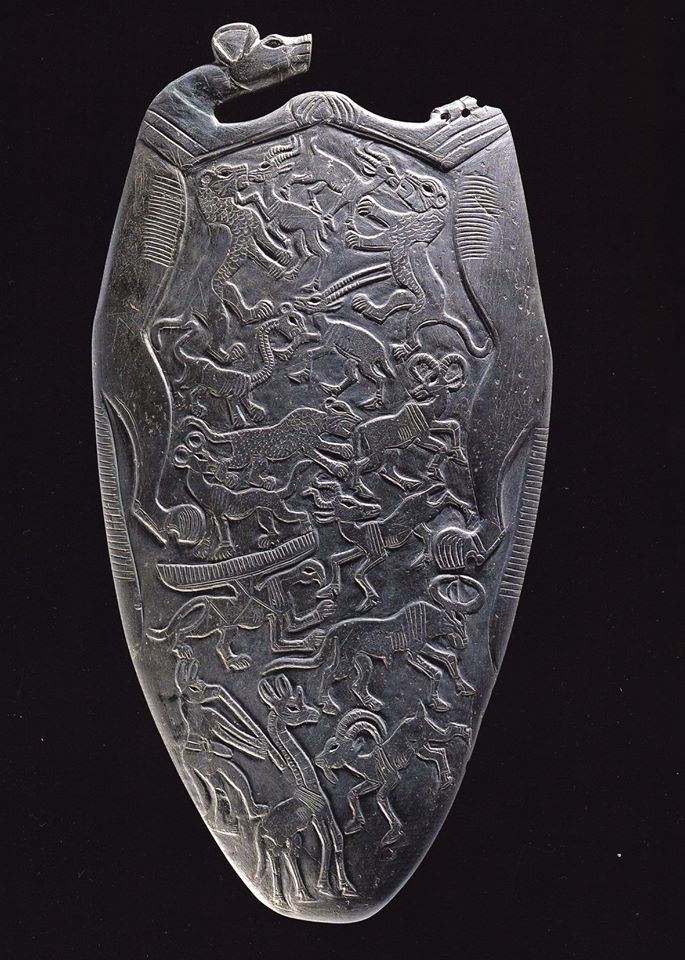
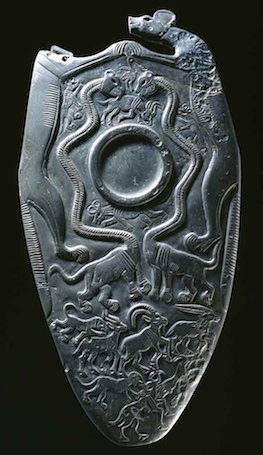
The ‘Two Dog’ palette, Hierakonpolis, ‘Main Deposit’, Late Predynastic–Early Dynastic (about 3300–3100 BC), Egyptian Research Account excavations. AN1896-1908E.3924
As the ‘selfies’ of their day, I am in no doubt that these palettes would have received a lot of ‘likes’.

